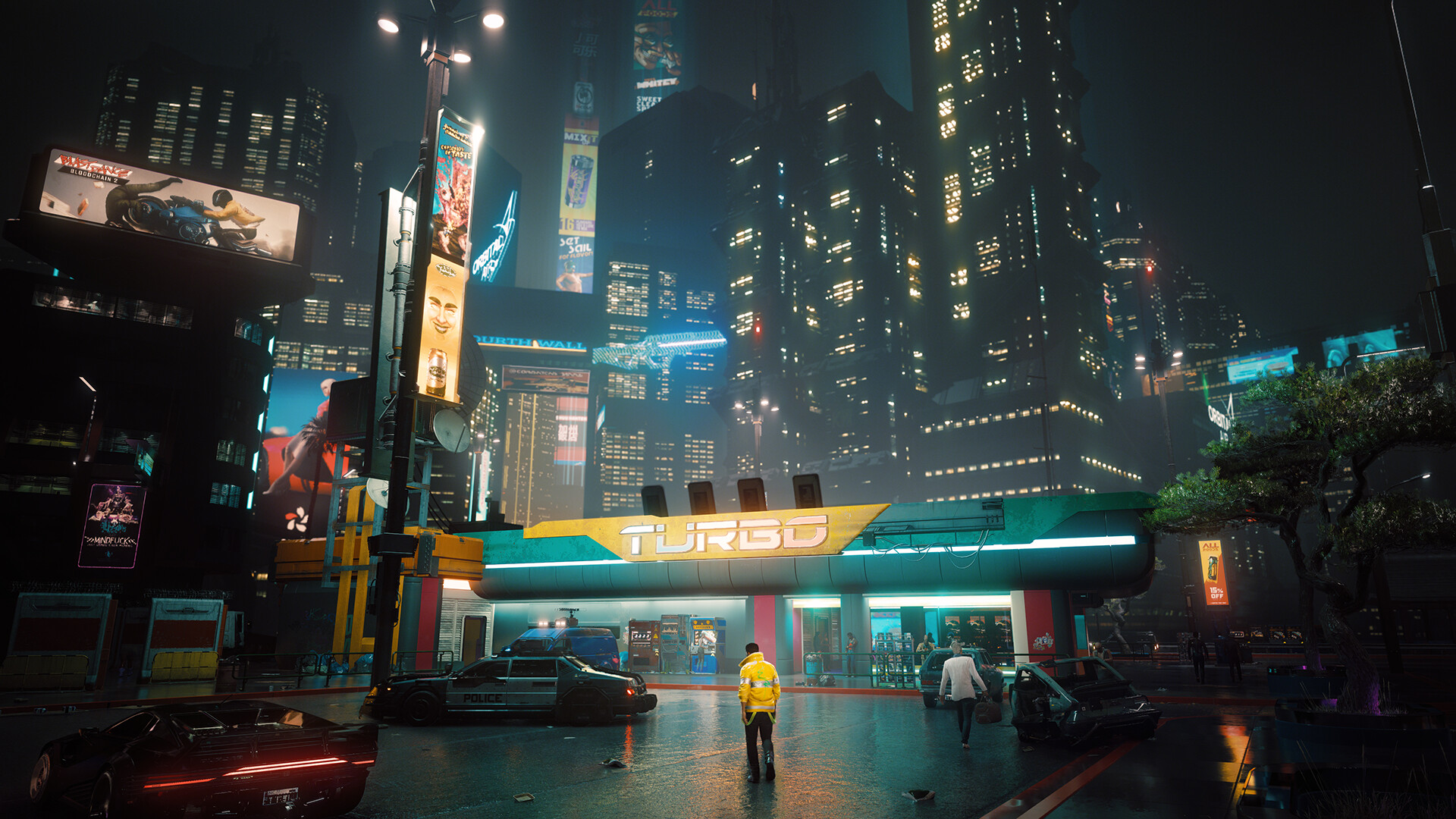The release of The Last of Us Part II in 2020 was not merely a gaming event; it was a cultural quake whose aftershocks are still being felt. While debates raged over its narrative choices, character arcs, and themes of vengeance, one element consistently, and almost universally, evaded the maelstrom of controversy: its score. Composed by Gustavo Santaolalla, returning with additional work by Mac Quayle, the music of Part II serves as the game’s emotional and narrative anchor. It is a masterclass in how a video game score can simultaneously guide a player’s heart, deepen a story’s most challenging themes, and, crucially, provide a stable, empathetic throughline in a narrative designed to destabilize and divide.

Santaolalla’s score for the first game is iconic. The haunting, melancholic strains of his ronroco guitar are instantly recognizable, evoking a world of beautiful decay and the fragile, desperate love between Joel and Ellie. For the sequel, Santaolalla faced a unique challenge: his established musical language was intrinsically tied to that original duo. Part II, however, fractures that perspective, forcing players to also embody Abby, the woman who brutally kills Joel. The score’s genius lies in its evolution. It doesn’t abandon its established identity but rather expands upon it, weaving a new, complex tapestry of sound that belongs to everyone and no one simultaneously.
The opening hours of the game are steeped in a familiar, yet more somber, version of the original themes. “The Last of Us Part II” track reintroduces Ellie’s theme, but it’s slower, heavier, laden with a deep-seated sorrow that foreshadows the trauma to come. This is not the theme of a carefree youth but of a young woman already carrying a profound weight. This musical continuity provides a crucial tether for the player as the narrative takes its devastating turn. When Joel is murdered, the music doesn’t swell with dramatic horror; it often retreats, leaving a vacuum of sound filled only by the rain, the crackle of fire, and Ellie’s ragged breaths. This use of silence is as powerful as any chord. The absence of the comforting, familiar score mirrors Ellie’s shock and the player’s own emotional desolation, making the violence feel raw, intimate, and utterly real.
As Ellie’s quest for vengeance spirals into a cycle of violence, Mac Quayle’s contributions become more prominent. His tracks, like “The Cycle of Violence” or “The Obsession,” are often more rhythmic, percussive, and anxiety-inducing. They employ dissonant electronic elements and relentless beats that mirror the compulsive, dehumanizing nature of Ellie’s mission. This is not the wistful nostalgia of Santaolalla’s ronroco; this is the sound of a heart hardening, a soul corroding. The music sonically charts Ellie’s descent, ensuring the player feels the psychological cost of every action, even when the narrative itself might feel morally ambiguous.
The narrative’s most controversial gambit—switching perspectives to Abby—is where the score performs its most vital and subtle work. Initially, Abby is framed musically through Ellie’s rage: she is a monster, an aberration in the world, often accompanied by threatening, aggressive cues or, again, stark silence. However, as we begin to walk in her shoes, the score slowly, almost imperceptibly, begins to extend its musical language to her. Santaolalla introduces a new theme for Abby, often carried by piano or strings. It’s a theme of burden, guilt, and a desperate search for redemption, mirroring Ellie’s own journey but from a different point of origin.
Tracks like “The Island” and “Cordyceps” are not heroic but are deeply humanistic. They don’t ask the player to like Abby; they ask for understanding. They sonically build her world, her relationships with Lev and Yara, and her own trauma. By giving Abby a musical identity with the same emotional weight and complexity as Ellie’s, the score becomes the primary tool for empathy. It bypasses the intellectual arguments about the narrative’s structure and speaks directly to the player’s emotions. We may resist Abby intellectually, but the music works on a subconscious level, assuring us that her pain, her fear, and her loss are as real and valid as Ellie’s. It is the bridge that the plot alone could not build.
The score’s ultimate triumph is in the game’s final act and its devastating conclusion. In the flooded streets of Santa Barbara, the music becomes a chaotic blend of Quayle’s tense, driving rhythms and flashes of Santaolalla’s mournful motifs. The final fight between Ellie and Abby is-scored with a horrifying, dissonant, and brutal piece that is almost unbearable to listen to, perfectly reflecting the utter degradation of both characters.
And then, in the ephemeral flashback of Joel on his porch, the full, unadulterated version of “Allowed to Be Happy” swells. It’s Ellie’s theme in its purest, most heartbreaking form—a memory of love and a potential future now lost forever. This musical callback does not justify Joel’s actions from the first game, but it contextualizes Ellie’s final, painful act of letting go. The music reminds us what all this violence was ultimately about: love, and the terrible lengths we go to for it, or because of it.
In a game that deliberately fractured its audience, the score was the unifying element. It was the compassionate, omniscient narrator that held the player’s hand through the darkness, ensuring that even when the story was challenging to endure, it was never emotionally incoherent. The music of The Last of Us Part II didn’t just accompany a controversial narrative; it humanized it, clarified it, and ultimately, redeemed it. It proved that even in a story about the failure of communication and the poison of hatred, art—in this case, a sublime musical composition—can still speak a universal language of grief, love, and fragile hope that everyone can understand.














